
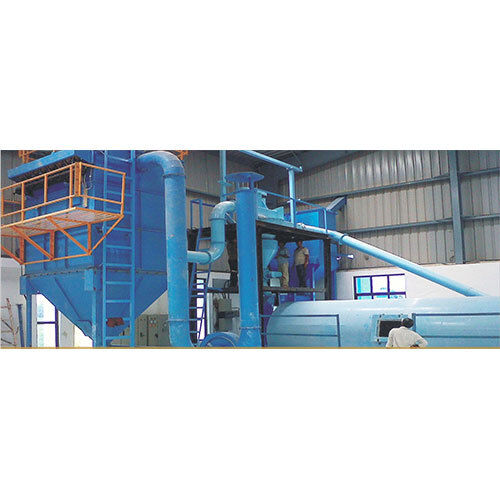
Micronizing plant
Product Details:
- Product Type Micronizing Plant
- Material Steel
- Capacity 500 Kg/hr
- Computerized Yes
- Automatic Grade Automatic
- Control System PLC Control
- Processing Type AUTO/ SEMI AUTO
- Click to view more
Micronizing plant Price And Quantity
- 7500000.0 INR/Unit
- 1 Unit
Micronizing plant Product Specifications
- Steel
- 500 Kg/hr
- Yes
- Blue
- 5000 Kilograms (kg)
- Automatic
- PLC Control
- Micronizing Plant
- 10 Horsepower (HP)
- AUTO/ SEMI AUTO
- 1.2 m 1.5 m Meter (m)
- 1 Year
- 10 Horsepower (HP)
Micronizing plant Trade Information
- 4 Unit Per Week
- 4
Product Description
1. Introduction
A Micronizing Plant is an advanced industrial system designed for ultra-fine grinding and particle size reduction of a wide range of minerals and materials. The process involves reducing raw material feed into fine powder form with controlled particle sizestypically ranging from 1 micron to 100 micronsdepending on the application requirements.
At KINC Mineral Technologies Pvt. Ltd., we specialize in the design, engineering, manufacturing, and commissioning of customized micronizing systems for minerals such as calcite, dolomite, quartz, barytes, talc, kaolin, bentonite, feldspar, silica, and other industrial minerals. Our plants are engineered for high efficiency, consistent product quality, low energy consumption, and minimal maintenance.
2. Process Description
The Micronizing Process typically involves the following major stages:
a. Feed Preparation & Handling Raw material is crushed to a manageable size (typically <10 mm). Material is fed into the system through a feed hopper and screw feeder for uniform dosing into the mill.The feeding rate is controlled to maintain optimal mill load and grinding efficiency.
b. Grinding / Micronizing Section
The core of the plant is the Ball Mill or Jet Mill (depending on application and product fineness requirement). In the Ball Mill system, grinding occurs by impact and attrition between the balls and the material inside a rotating drum. In Jet Mills, micronization is achieved through high-velocity air or steam jets that create intense particle collisions. Grinding media and liners are selected based on product hardness and contamination sensitivity (e.g., Alumina, Ceramic, or Steel).
c. Air Classification / Separation
The ground material is conveyed pneumatically to a High Efficiency
Air Classifier.
The classifier separates fine particles from coarse ones using centrifugal and drag forces. Fine particles meeting the required size are collected as final product, while coarse particles are returned to the mill for further grinding (closed-circuit operation).
d. Product Collection
Fine powder is collected through Cyclone Separators and Pulse Jet Bag Filters. A Blower / Fan system maintains the required airflow and pressure balance. The collected product is discharged through rotary airlocks into storage bins or packing systems.
e. Control System
Fully automatic PLC-based control panels monitor parameters like feed rate, air pressure, mill speed, and classifier RPM.
Data logging and safety interlocks ensure consistent performance and operational reliability.
3. Typical Plant Components
Feed Hopper with Vibratory Feeder / Screw Conveyor
Ball Mill / Jet Mill / Pulverizer
Blower and Cyclone System
High Efficiency Dynamic Classifier
Pulse Jet Bag Filter with Rotary Airlock Valve
Interconnecting Ducting and Piping
Electrical Control Panel (Manual / PLC)
Supporting Structures and Platforms
Packing and Storage Systems (optional)
4. Material of Construction (MOC)
Contact parts: Mild Steel / Stainless Steel (SS304 / SS316) as per product requirement. Non-contact parts: MS with epoxy paint or powder coating. For abrasive or contamination-sensitive materials, ceramic lining or high alumina coating is provided.
5. Technical Features & Advantages
Precise particle size control (1100 m) with adjustable classifier speed. Closed-circuit system ensures consistent product quality.
Low energy consumption and high throughput. Dust-free operation due to efficient filtration system. Easy maintenance and minimal downtime. Customizable design based on capacity and product specifications. Optional automation for feed and product control.
6. Applications
Micronizing plants are used in a wide range of industries, including:
Minerals & Mining Calcite, Talc, Silica, Barytes, Dolomite, etc.
Chemicals & Pigments Titanium dioxide, Zinc oxide, Calcium carbonate. Ceramics & Refractories Feldspar, Quartz, Clay, Kaolin.
Pharmaceuticals & Cosmetics Fine powders and fillers. Paints & Coatings Extenders and mineral pigments.
7. Typical Capacities
KINC offers Micronizing Plants in various production capacities:
500 kg/hr to 10 TPH and above, depending on product and fineness.
Particle size range achievable: D97 = 1 to 100 Microns.
8. Services Offered by KINC
Process Design & Flow Diagram
Equipment Design and Manufacturing
Erection & Commissioning
Operator Training and Maintenance Support
Plant Optimization and After-Sales Service
9. Conclusion
The KINC Micronizing Plant is a highly efficient and versatile solution for producing fine and ultra-fine mineral powders. With robust design, precision engineering, and reliable automation, it ensures consistent product quality and long-term operational performance.
Each plant is custom-engineered to suit the specific requirements of the client, raw material characteristics, and desired product fineness.

Price:
- 50
- 100
- 200
- 250
- 500
- 1000+


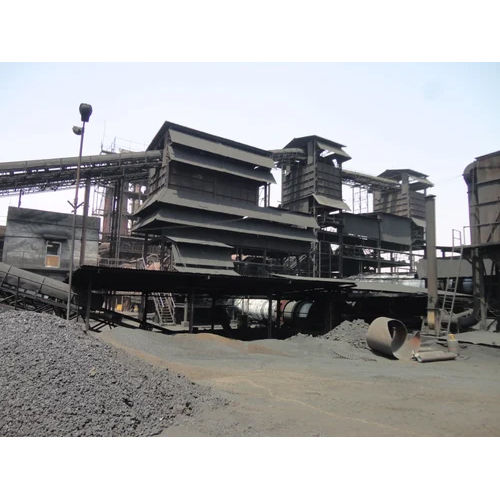
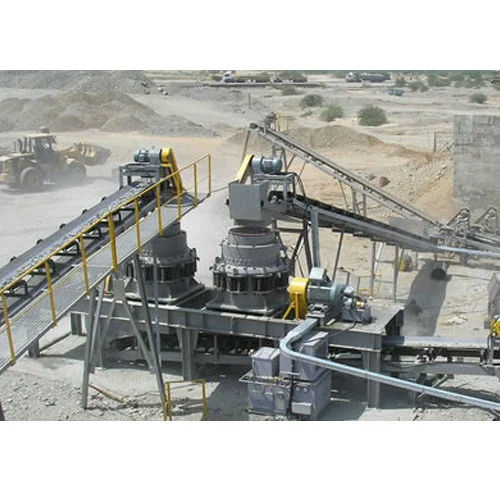
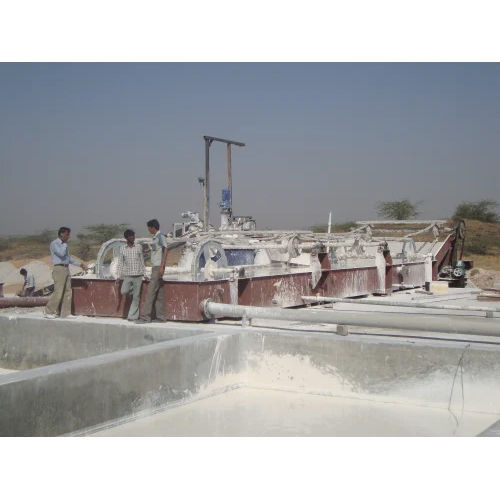
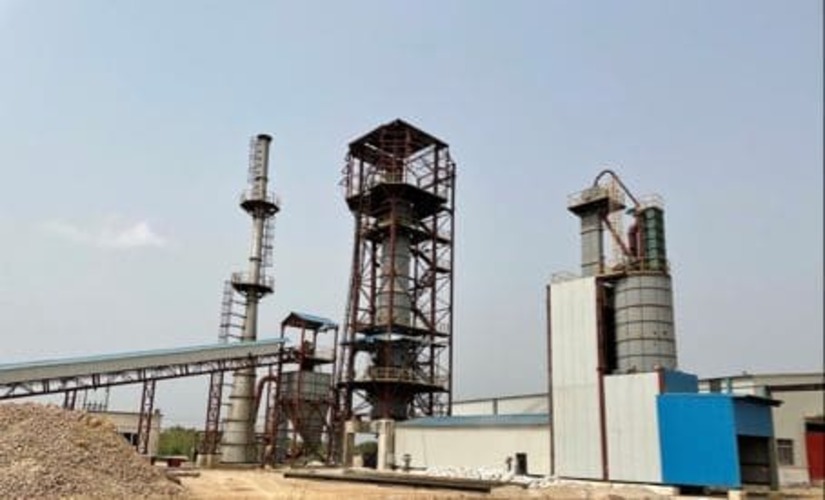
 Call Me Free
Call Me Free
